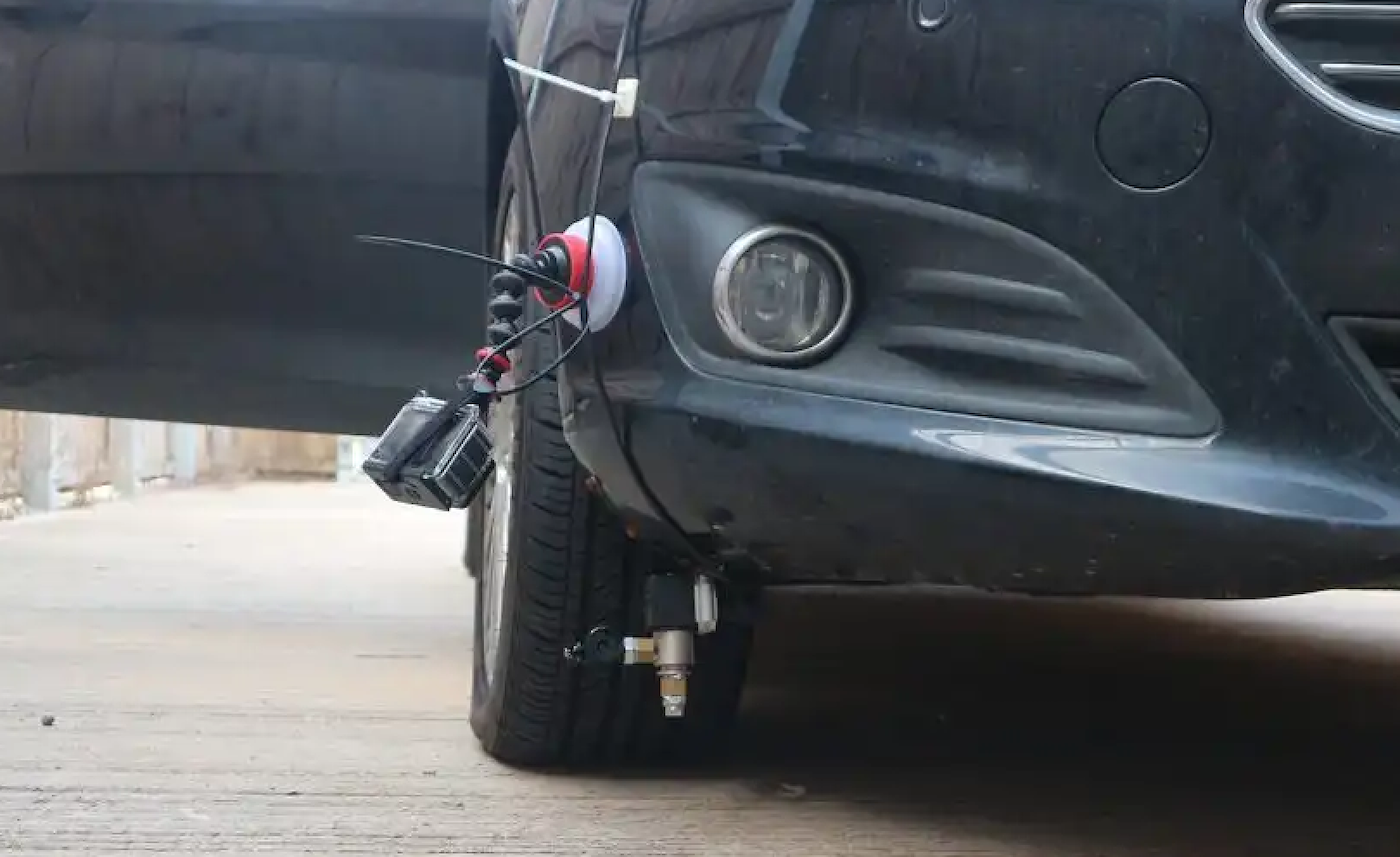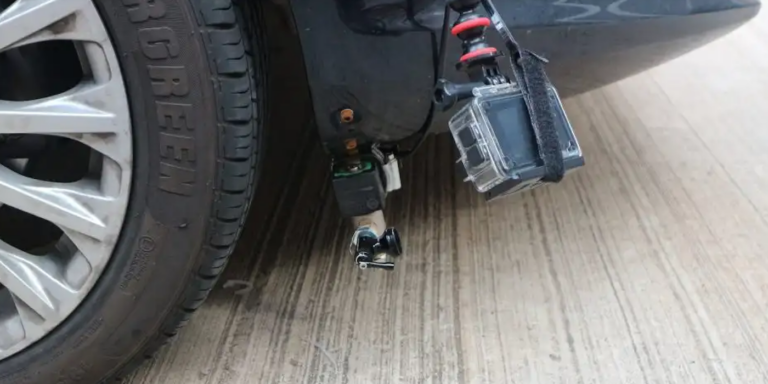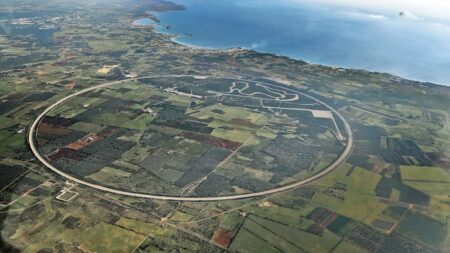Researchers at Coventry University in the UK have developed a new device, designed to prevent vehicles from aquaplaning and losing traction control due to adverse road conditions. The device, named the Run Dry Traction System (RDTS), was developed by Professor Mike Blundell and Ravi Ranjan from the university’s Research Institute for Clean Growth and Future Mobility following a two-year research project.
Aquaplaning, also known as hydroplaning, can occur when a layer of surface water builds up between a vehicle’s tyres and the road surface, leading to a complete loss of grip. This can occur with as little as 2-3mm of standing water on the road surface and is a major cause of road traffic accidents.
The RDTS is designed to prevent aquaplaning and the loss of traction by preventing water and other contaminants from reaching the tyre surface. The device works by firing a jet of compressed gas close to the front of the wheel, removing any surface water in front of the tyre to ensure the vehicle has a dry patch of road ahead. The device can help ensure grip is not compromised by wet roads, as well as by road contaminants such as sand and gravel.

Professor Mike Blundell, Professor of Vehicle Dynamics and Impact at Coventry University, has evaluated the system in real-life test conditions. He stated, “Our tests demonstrate that RDTS has the potential to make a huge impact on vehicle safety in a whole host of conditions. The prospect of producing something that could even save lives on the road is extremely exciting and after some initial success with testing, we’re now eager to look into manufacturing potential and further research to take this concept to the next level.
“A device like this really could be the difference between life and death if it can help vehicles to stop safely within certain distances and that’s why we’re so keen to continue developing this concept.”
The RDTS has been designed to be fitted to a wide range of vehicles, including cars, buses, trucks and motorcycles, and with further development, the team says it could even have the potential to be used to improve aircraft ground operations and rail transport safety.





